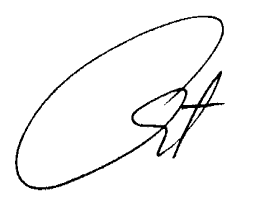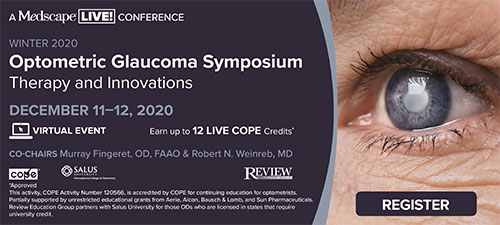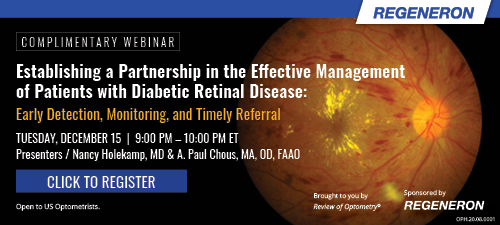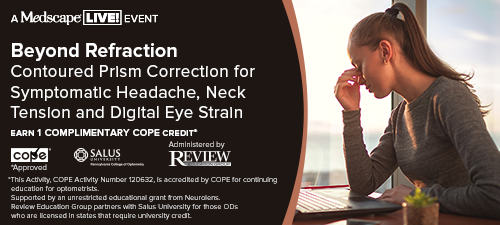
A
weekly e-journal by Art Epstein, OD, FAAO
Off the Cuff: Are Our Patients Going COVID Crazy?
Growing up in the bowels of the Bronx in a one-bedroom apartment in a working-class neighborhood, I experienced the best and worst of humanity at an early age. Like most New Yorkers, I am a reflexive cynic and while I hope for the best, I usually expect the worst. As a result, I have a pretty thick skin, and I am rarely surprised by anything, especially when it concerns human behavior.
|
|||||
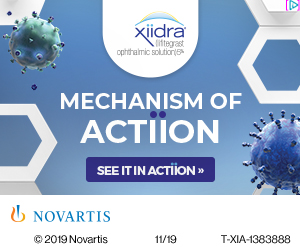 |
||
| Clinical Significance of Contact Lens Related Changes of Ocular Surface Tissue Observed on Optical Coherence Images | ||||
Seventeen participants (mean age=26.6 SD ± 3.6 years; 7 females) were fitted with three different contact lenses’ base curves of the same silicone hydrogel custom lens type (Visell 50; Hecht Contactlinsen, Au, Germany) in a randomized order to investigate the relationship between the real contact lens imprint into the conjunctival tissue, observed by optical coherence tomography (OCT) and conjunctival staining and contact lens wearing comfort. One lens was optimally fitted according to the manufacturer's recommendation, one fitted 0.4mm flatter and one fitted 0.4mm steeper. After four hours of lens wear, the contact lens edge in the area of the conjunctiva was imaged nasally and temporally using OCT (Optovue iVue SD-OCT). To correct the artifact due to optical distortion with OCT, the imprint of all worn lenses was measured on a glass plate afterwards. Conjunctival staining in the limbal region after four hours of lens wear was classified using the CCLRU Grading Scale. Comfort scoring was based on visual analog scales from 0 (very poor) to 100 (excellent). The mean conjunctival imprint of all contact lens edges was 32.0±8.1μm before and 7.3±6.5 μm after distortion correction of the OCT images. The distortion corrected conjunctival imprint with the 0.4 mm steeper lens (11.5±6.2μm) was statistically significantly greater compared to the optimally fitted lens (6.5±5.9μm) (One-way ANOVA followed Tukey-test; p=0.017) and greater compared to the 0.4 mm flatter lens (3.9±5.3μm). There was no statistically significant difference between the optimally fitted lens and the 0.4mm flatter lens. The nasally measured imprint (11.4±9.0μm) was significantly greater than the temporally measured (3.3±7.6μm). There was no statistically significant correlation between the amount of conjunctival imprint and the graded conjunctival staining or the wearer's comfort. |
||||
SOURCE: Jandl A, Ruland T, Schwarz D, et al. Clinical significance of contact lens related changes of ocular surface tissue observed on optical coherence images. Cont Lens Anterior Eye. 2020; Dec 5:S1367-0484(20)30199-5. |
||||
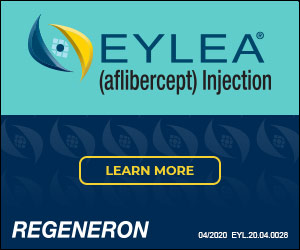 |
||
| Ocular Findings in Metabolic Syndrome: a Review | ||||
Metabolic syndrome (MetS) has emerged as a worldwide health hazard of the modern lifestyle, representing a cluster of metabolic abnormalities and a risk factor for cardiovascular disease. Eye diseases, such as diabetic retinopathy, central retinal artery occlusion, cataract, age-related macular degeneration, glaucoma and dry eye syndrome have been linked with many of MetS components. Their relationship with MetS itself is, however, a recent topic of investigation. This review aimed to gather published evidence supporting associations between ocular findings and MetS, and to explore the related physiopathological processes that congregate in this syndrome and lead to these diseases.
|
||||
| SOURCE: Lima-Fontes M, Barata P, Falcão M, et al. Ocular findings in metabolic syndrome: a review. Porto Biomed J. 2020; Dec 3;5(6):e104. | ||||
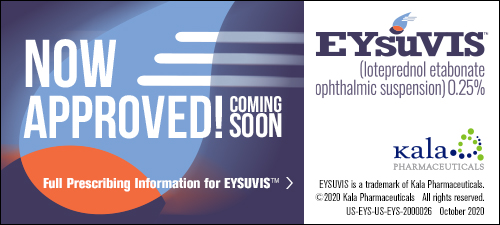 |
||
| Frequency of Contact Lens Complications Between Contact Lens Wearers Using Multipurpose Solutions Versus Hydrogen Peroxide in the United States and Canada | ||||
Researchers retrospectively compared the frequency of contact lens (CL) complications in soft CL users of hydrogen peroxide (H2O2) and multipurpose solutions (MPS). This was a multicenter, retrospective chart review of CL records from each patient's three most recent eye examinations at academic and private practices. Patients must have used the same solution type for at least three years. Univariate analyses were conducted using T tests, and chi-square or Fisher's exact test for categorical measures. There were 1,137 patients included, with 670 (59%) using MPS and 467 (41%) H2O2. In total, 706 (62%) experienced at least one complication; 409 used MPS and 297 used H2O2. There was no difference in the proportion of patients experiencing at least one complication between MPS (61%) and H2O2 (64%) (p=0.38). Multipurpose solutions users were more likely to report discomfort compared with H2O2 users (p=0.04). Presumed microbial keratitis was experienced by 16 MPS and nine H2O2 users (p=0.60). |
||||
| SOURCE: Tichenor AA, Cofield SS, Gann D, et al. Frequency of contact lens complications between contact lens wearers using multipurpose solutions versus hydrogen peroxide in the united states and canada. Eye Contact Lens. 2020; Dec 7. [Epub ahead of print]. | ||||
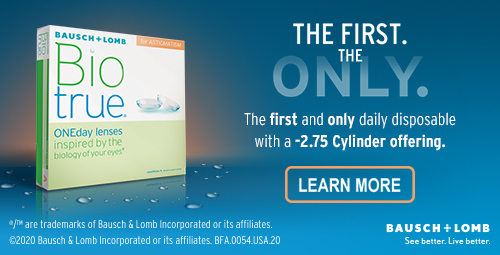 |
||
| News & Notes | ||||||||
Bostonsight Forms Scientific Advisory Board
|
||||||||
| Research Confirms Presence of SARS-CoV-2 in Ocular Tissue Eversight announced research findings showing a small but noteworthy prevalence of SARS-CoV-2 in ocular tissues from individuals who died from COVID-19. The findings were published in The Ocular Surface. A team of researchers from Eversight, Wayne State University, University of Michigan and Rush University conducted the study in regions heavily impacted by COVID-19 (Cleveland, Chicago, Ann Arbor, Mich. and New Jersey). Read more. |
||||||||
|
||||||||
|
||||||||
|
||||||||
|
||||||||
|
Optometric Physician™ (OP) newsletter is owned and published by Dr. Arthur Epstein. It is distributed by the Review Group, a Division of Jobson Medical Information LLC (JMI), 19 Campus Boulevard, Newtown Square, PA 19073. HOW TO ADVERTISE |

